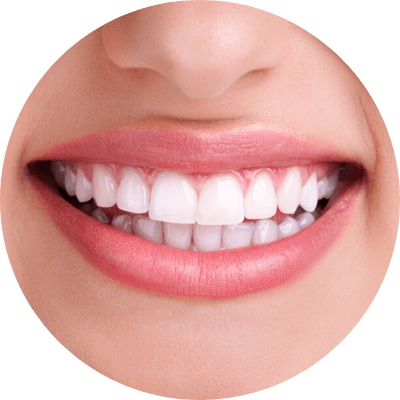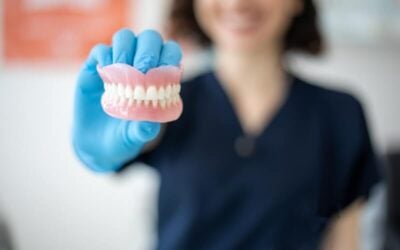What Can You Eat After Teeth Whitening?
What Can You Eat After Teeth Whitening?

There was a time when a dazzlingly white smile was just a dream for some. The high definition images that surround and bombard us have raised an awareness, and created a stigma of discoloured teeth.
Now it’s one of the most frequently requested dental procedures, with a global spend of $US7 billion. Almost 70% of adults have tried whitening their teeth in one way or another. As well as highly concentrated bleaching agents applied only by your dentist, the demand for whiter, more perfect teeth has created an industry of DIY of kits, toothpastes, gels, and strips.
Teeth are porous. It’s the reason stains to go in, and it’s what allows them to be taken out. During teeth whitening treatment these microscopic spaces open slightly. Once the whitening process is over, teeth naturally rehydrate and remineralise, and the pores close.
Discolouration can be intrinsic (genetics and age for example) and extrinsic (like smoking, and coffee and wine stains). As with most things, there are certain risks involved with tooth whitening. Increased tooth sensitivity and gingival irritation can result, as well as surface roughening and softening – both of which increases the potential for demineralisation. Dental restorations are prone to unacceptable colour change even with over-the-counter products.
New research focuses on optimising whitening procedures, reducing tooth sensitivity, and increasing the permanence of the whitening.

One of the common questions by patients sensibly opting to consult their Bacchus Marsh dentist for professional whitening is, “How long will the treatment last?”
The flippant answer of course, is, “How long is a piece of string?” It’s difficult to predict if the patient continues to consume food or beverages recognised as staining agents like tea, coffee, and red wine. Acidic foods roughen and open enamel pores, so to discount the necessity to adjust diet or habits would have re-staining occur within a month.
However, if the teeth are not exposed to these types of chromogens it’s reasonable to assume the treatment to last for or up to a year. A number of clinical studies endeavour to find safe and effective ways of increasing this.
The best description of how to easily tell what you can, and should eat after whitening, is that if it can stain a linen napkin, it can stain your teeth.
So keep that in mind, and don’t overlook dark-pigmented sauces like soy sauce and balsamic vinegar. It doesn’t necessarily mean you can never have them again; it means that you need to rinse your mouth with water soon after, and of course brush your teeth. Not within half-an-hour of consumption though, because enamel is softer then and you don’t want vigilance to inadvertently cause damage.
So rather than providing extensive lists of foods you can eat, and foods to avoid that are both easily found on the internet, simply apply the Rule of the Linen Napkin.
Maintain your good oral health by seeing your dentist at least twice a year, and let a linen napkin make your bad dental habits come out in the wash.
Note: All content and media on the Bacchus Marsh Dental House website and social media channels are created and published online for informational purposes only. It is not intended to be a substitute for professional medical advice and should not be relied on as health or personal advice.
Services we mentioned:
Related Articles
The ADA Pushes For Better Oral Care
Dr Stephen Liew, the Australian Dental Association (ADA) president is coming out firing in the push for better oral care for Australians…
In 2024: What Your Dentist Would Really Like You To Do Differently
Happy New Year Everyone! May you make 2024 your happiest dental year ever. Here’s what your dentist would like you to do differently…
Foods And Supplements That Help Slow or Prevent Gum Disease
Are there really foods and supplements that help slow or prevent gum disease? Dentists will point toward those foods to be avoided…
Red Wine Teeth Stains: Ageing (Dis)Gracefully
Red red wine You make me feel so fine You keep me rocking all of the time Red red wine … Most likely it’s the 1983 UB40 cover of songwriter Neil Diamond’s ‘Red Red Wine’ that comes to mind, reading those lyrics. It was their first number one UK hit that year; its 1988...















